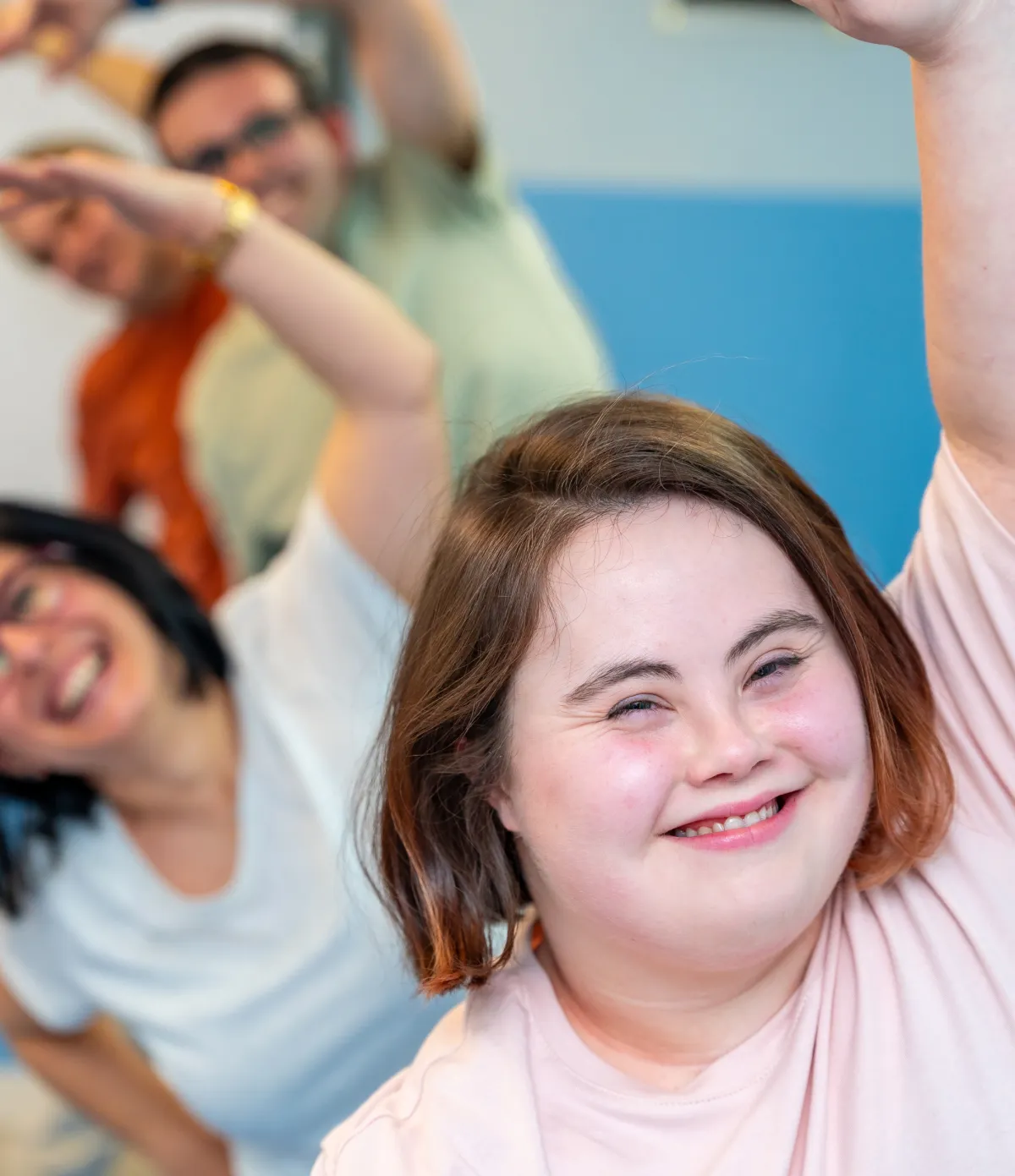
Building Confidence through Movement
Introduction: More Than Just a Feeling
Confidence isn't just a mood; it's the belief that you can try something and handle the outcome, whether you succeed or fail. For many neurodiverse individuals, the world can present constant challenges that chip away at this belief. Traditional sports or PE classes, with their focus on competition and complex rules, can sometimes do more harm than good, leaving them feeling defeated rather than empowered.
But what if there was a way to systematically build confidence from the ground up?
There is. And it starts with movement.
Adapted physical activity is one of the most powerful tools for building genuine self-esteem and independence. When we move our bodies successfully, we send a powerful message to our brains: "I can do this." This post will explore practical strategies and simple exercises you can use at home to help build that unshakable confidence.
The Golden Rule: Engineer "I Can" Moments
The secret to building confidence through fitness isn't about pushing through failure; it's about engineering success. We need to create "I Can" moments—small, achievable victories that stack up over time.
Think of confidence as a wall. Every time an individual successfully completes a physical task, they add a brick to that wall. A task that is too hard creates a gap. A task that is too easy adds nothing. Our job as parents, carers, and coaches is to provide a steady supply of perfectly sized bricks.
This means shifting the focus from what's difficult to what's achievable. Instead of a complex exercise they might fail at, we start with a simpler version we know they can accomplish. This "just-right challenge" is the foundation of building physical and emotional resilience.
Three Confidence-Building Exercises to Try Today
You don't need a gym to start building these "I Can" moments. Here are three simple, equipment-free activities focused on creating a feeling of success.
The "Statue" Balance Challenge
This isn't just about balance; it's about focus and control. The feeling of holding your body still and in command is incredibly empowering.
How to Play: Start by challenging them to stand on one foot for just 3 seconds. Count it out loud together. When they succeed, celebrate it! Gradually increase the time: 5 seconds, then 10.
Why it Works: It provides a clear, measurable goal. They can feel the progress as they go from 3 seconds to 10.
Level Up: Once they master balancing on the floor, try it on a pillow to create an unstable surface. This adds a new, fun challenge.
"Target Practice" with Soft Objects
This activity develops hand-eye coordination and gives a very clear, satisfying measure of success.
How to Play: Set up a laundry basket or a cardboard box as a target. Start very close—just a foot or two away—and have them toss a soft object (like a rolled-up pair of socks or a small beanbag) into it.
Why it Works: The immediate feedback of the object landing in the basket is highly rewarding. It's a tangible win.
Level Up: As they get more confident, move the target further away, one step at a time. This teaches them that with practice, they can achieve bigger goals.
The "Strong Helper" Tasks
Functional fitness—using strength in a meaningful, everyday context—is one of the best ways to build confidence. It gives movement a purpose.
How to Play: Frame household chores as "strong helper" missions. Can they help carry the (light) laundry basket? Can they push the box of books to the other side of the room? Can they help carry in a bag of groceries?
Why it Works: It connects physical effort with a sense of contribution and independence. They aren't just exercising; they are helping the family.
Level Up: Gradually increase the challenge, always ensuring it's safe and manageable. The goal is for them to feel capable and strong.
How to Coach for Confidence
The way you communicate during these activities is just as important as the activities themselves.
Praise the Effort, Not Just the Result: Instead of only celebrating when they succeed, praise their focus and determination. "I love how hard you're trying to stay balanced!" is more powerful than "Good job."
Be Specific: Vague praise is forgettable. Specific praise builds self-awareness. Instead of "You're doing great," try "Wow, you kept your eyes focused on the target the whole time. That was amazing focus!"
Model a Growth Mindset: When they struggle, avoid saying "It's okay, you don't have to do it." Instead, say, "That was a tricky one! Let's try making it a little easier and work our way up." This teaches resilience.
Ready to Build a Complete System?
Confidence is a skill, and like any skill, it grows with consistent practice. By creating these small, successful "I Can" moments, you are building a foundation of self-belief that will extend far beyond your living room.
If you're ready to move beyond individual exercises and want a structured, step-by-step system to build on this progress, our "Adaptive Strength & Wellbeing Program" is the perfect next step.
This 8-week online course provides a complete, progressive plan with weekly workouts, nutrition guidance, and expert coaching to help you build lasting strength, routine, and confidence. It’s designed to take the guesswork out of the process and give you a clear path to success.

